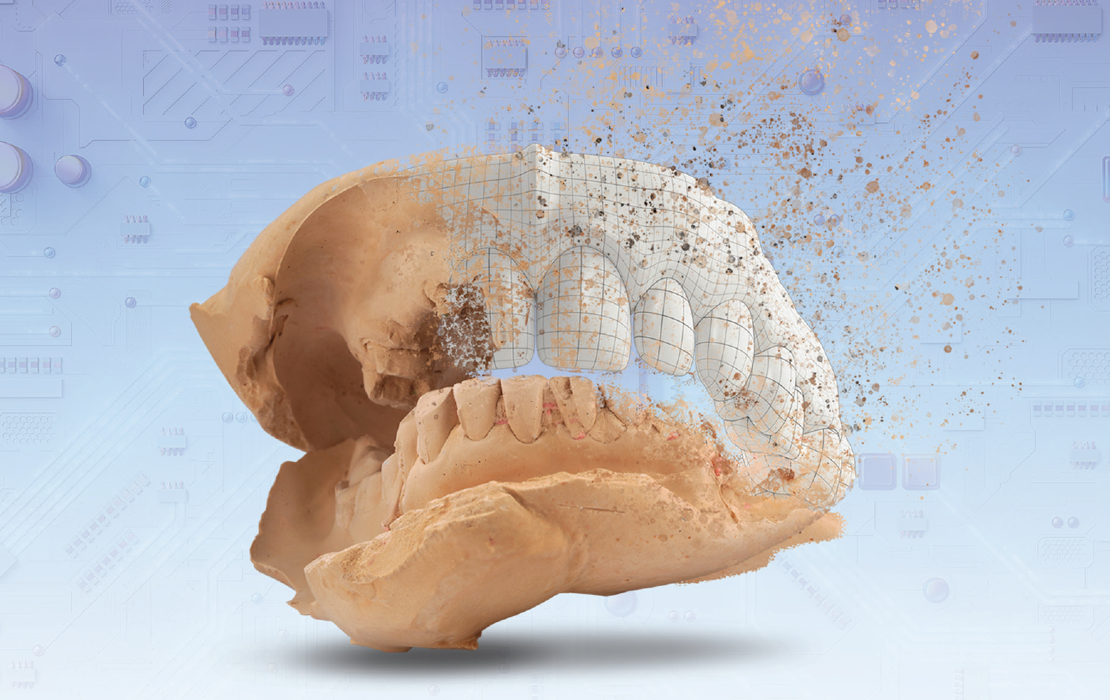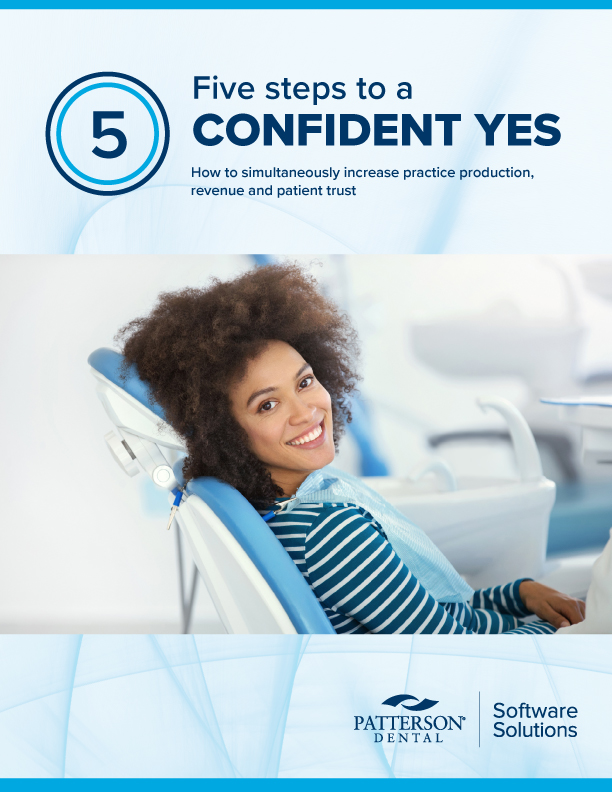Pandemic infection control procedures still in place
HPI polls dentists on practices five years later

Five years later, the majority of dentists surveyed by the ADA Health Policy Institute report they’re still using many of the infection control practices implemented as a result of the pandemic.
The data comes from the results of the first quarter of 2025 Economic Outlook and Emerging Issues in Dentistry survey — a quarterly poll that began in 2022 as a way to better understand the economic and operational conditions in dental practices and public health clinics over time. Nearly 94% of dentists in private practice indicated their practice began one or more of the 11 infection control measures listed in the survey as a result of the COVID-19 pandemic. The vast majority were still using air purifiers or filters and disinfecting frequently touched surfaces and materials.
HPI asked dentists which of the following measures they implemented in their practice as a result of the pandemic: disinfecting surfaces; using air purifiers; using physical protection; checking staff members’ temperatures; requiring face shields; requiring clinical staff to use N95 masks; encouraging distance between patients; screening patients for COVID-19 before their appointment; checking patient temperatures; providing face masks to patients; and teledentistry. The three most commonly cited measures were disinfecting frequently touched surfaces and materials (79.4%); requiring clinical staff to use N95 or level 3 surgical masks when treating patients (73.4%); and screening or interviewing patients for COVID-19 or other infection before appointment (73.2%).
Dentists reported using teledentistry the least. In fact, only 1 in 5 respondents said their practice began using teledentistry because of the COVID-19 pandemic, but three-fifths of those respondents (60%) still use it.
It wasn’t hard for most dentists to comply with many of the infection control procedures enforced during the pandemic. They’ve been complying for decades.
“What I'm most proud of is the fact that the pandemic reinforced something we always knew to be true: the profession of dentistry was always the leader in regard to great infection control protocols,” said Duc "Duke" M. Ho, D.D.S., who served as chair of the ADA Council on Dental Practice at the start of the pandemic. “The majority of the things we recommended were already being done prior to the pandemic, such as: frequent hand hygiene, use of proper personal protective equipment, cleaning and disinfection of surfaces, sterilization of instruments and universal precautions.”
The AIDS crisis in the 1980s prompted the entire profession to reevaluate how dentists were protecting their patients — and themselves — from disease. Universal precautions were introduced by the Centers for Disease Control and Prevention in 1985, mostly in response to the HIV epidemic. Universal precautions are a standard set of guidelines to prevent the transmission of bloodborne pathogens from exposure to blood and other potentially infectious materials. The guidelines from the 1980s and the infection control practices the ADA and CDC began requiring prepared the dental community well for what they needed to do in 2020 to prevent the spread of COVID-19.
In April 2020, then-ADA President Chad P. Gehani, D.D.S., established the Advisory Task Force on Dental Practice Recovery, which developed and released the Return to Work Interim Guidance Toolkit to help dentists return to more normal practice operations while taking precautions to protect staff, patients and themselves from COVID-19. This included screening patients for COVID symptoms prior to their appointments; having hand sanitizer available; taking patients’ temperatures; placing chairs 6 feet apart in the waiting area; and regularly wiping all touchable surfaces, among many other tips.
March was the five-year anniversary of when the pandemic began and many dental and medical practices have relaxed some of their COVID protocols. Very few of the practices that began doing so because of the pandemic still encourage distance between patients (18.3%); check patients’ temperatures (8.1%); or check staff temperatures at the beginning of their shift (5.3%).
“As we’ve learned more about the virus, I think some regression, for lack of a better word, from the norm is to be expected but some recommendations exist to this day,” Dr. Ho said. “The fact that many still use air purifiers is a testament to such. However, we should continue to take pride that many of infection control measures pre-pandemic have shown to be proven protocols post-pandemic.”



